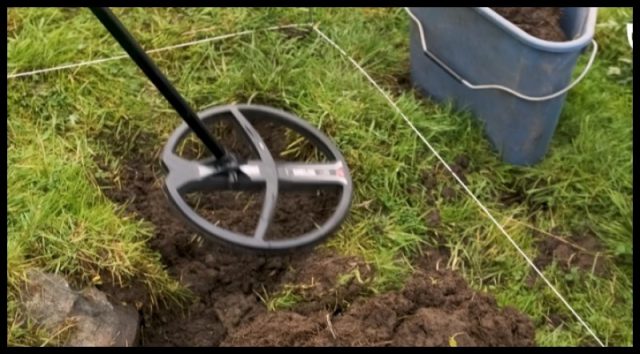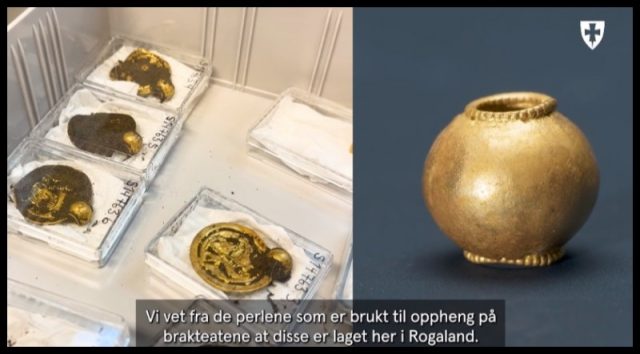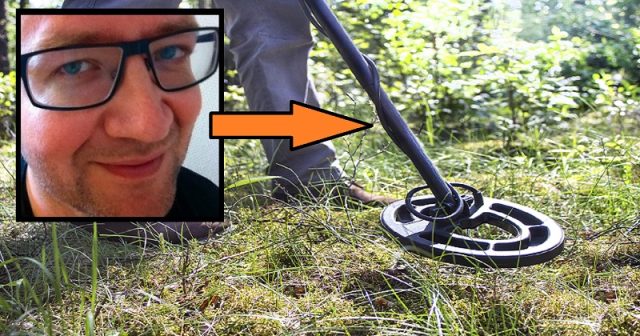When Erland Bore’s doctor ordered him to get off the couch, he took his advice, leading to the luckiest day of his life. His newfound hobby of metal detecting got him some exercise, and it also led to the “gold find of the century.”

Erland Bore of Norway made headlines after his doctor instructed him to pick up a hobby in order to help his patient get off the couch. The Norwegian man purchased a metal detector and began walking around the rugged terrain of the southern island of Rennesoey, near Stavanger, Norway.
Bore initially assumed his metal detector discovered foil-wrapped chocolate money buried in the earth. “At first I thought it was chocolate coins or Captain Sabertooth coins,” said Bore, referring to a fictional Norwegian pirate. “It was totally unreal.”

Bore, who aspired to be an archaeologist as a child, made the discovery on a farmer’s property. He had been treasure hunting all day and was about to return home when the device began beeping on a hillside. He contacted archaeologists, who took charge of the search.
According to CBS News, they found nine pendants, three rings, and ten gold pearls in what was regarded as the country’s gold find of the century. According to Ole Madsen, director of the University of Stavanger’s Archaeological Museum, finding “so much gold at the same time is extremely unusual.”

“This is the gold find of the century in Norway,” claimed Madsen. The museum shared a video of the treasure and posted photographs on social media, stating, “It will be preserved and displayed as soon as possible in our upcoming exhibition.” The design on the medallions, which is a type of horse from Norse mythology, according to archaeologists, makes the find distinctive.
According to museum associate professor Håkon Reiersen, the gold pendants, which are flat, thin, single-sided gold medals known as bracteates, date from roughly 500 AD. According to history, this would be the so-called Migration Period in Norway, which lasted between 400 AD and around 550 AD, and it was characterized by significant migrations throughout Europe.

According to Reiersen, the pendants and gold pearls were part of “a very showy necklace” fashioned by expert jewelers and worn by society’s most powerful. He also mentioned how unique the discovery is in a Scandinavian context. Professor Sigmund Oehrl of the same museum, another expert on such pendants, stated that over 1,000 golden bracteates have so far been discovered in Norway, Sweden, and Denmark.
According to Professor Oehrl, the symbols on the pendants frequently depict the Norse god Odin mending his son’s ailing horse. The horse’s tongue hangs out on particular pendants discovered by Bore, and “its slumped posture and twisted legs show that it is injured,” Oehrl explained. “The horse symbol represented illness and distress, but at the same time hope for healing and new life.”
The most recent comparable find in Norway dates back to the 19th century. “Given the location of the discovery and what we know from other similar finds, this is probably a matter of either hidden valuables or an offering to the gods during dramatic times,” Professor Hakon Reiersen declared.
According to Norwegian law, both Erland Bore and the landowner will be compensated with a reward for the find. However, the amount was not immediately announced. Objects dating before 1537 and coins dating before 1650 are considered state property in Norway and must be turned in. The treasure would have remained lost forever if Bore never decided to get off the couch that day.







